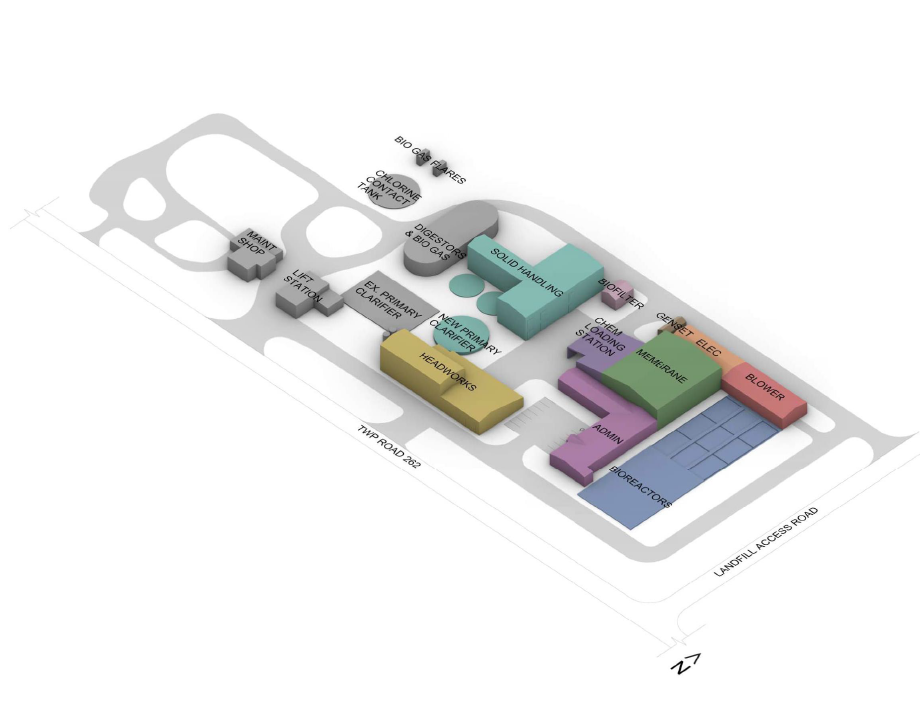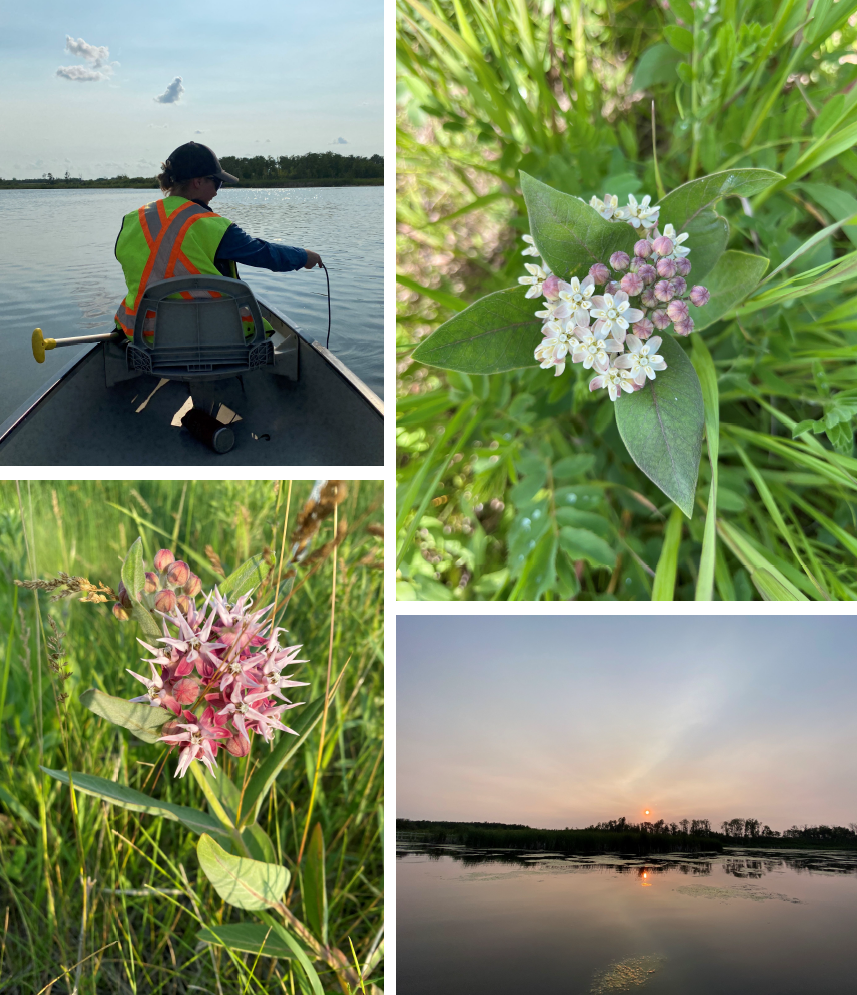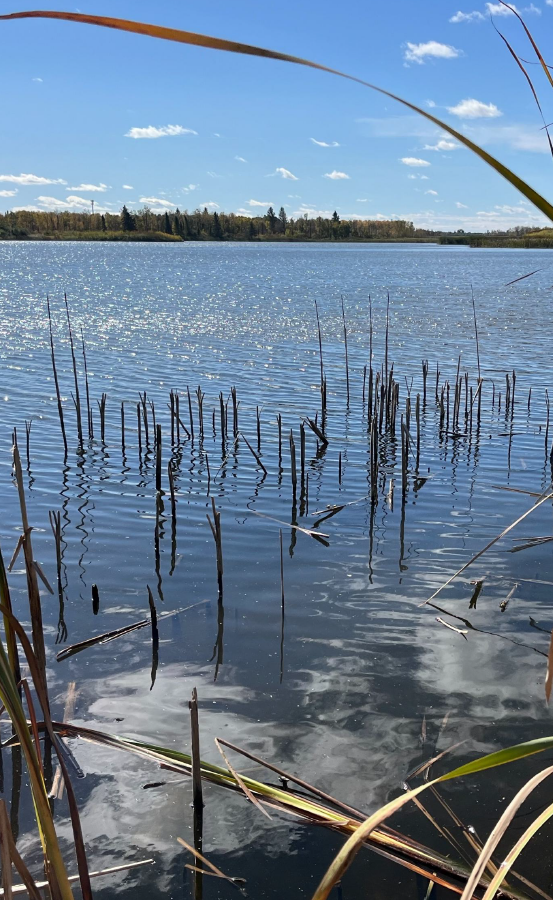City of Yorkton Wastewater Treatment Plant - Investing in Tomorrow’s Water, Today!

About the Project
The City of Yorkton is undertaking an initiative to construct a new wastewater treatment plant that will serve Yorkton and surrounding area. The city currently has over 133,000 meters of underground sewer pipe that collects wastewater from our residential, commercial and industrial users. This water then flows to the wastewater treatment plant and once there, the water goes through various treatment process steps and is then released into Yorkton Creek, which flows to the Assiniboine River. The average Yorkton household uses about 450 litres of water per day which also equates to about 450 litres of sewage per day. The existing facility treats on average 11 million litres of water per day. The existing facility, which has been in operation for over 70-years, is nearing the end of its functional life.
In response, the City of Yorkton has conducted a multitude of workshops in order to explore and evaluate the available solutions. Ultimately the decision was made to construct a new wastewater treatment plant as the most effective option, ensuring the community's long-term sustainability for generations to come.
This new wastewater treatment plant will offer substantial social and environmental benefits, not only to the residents of Yorkton, but also to downstream consumers including towns, villages, and Indigenous communities that rely on the Assiniboine River for drinking water and recreation.
Additionally, the City of Yorkton is investigating innovative technologies to discharge the wastewater effluent. This is in an effort to ensure the City's water security in the face of potential drought conditions and the increasing impacts of climate change.
City of Yorkton Wastewater Treatment Plant - Investing in Tomorrow’s Water, Today!
Why Now?
The need for a new wastewater treatment plant is driven by several key considerations:
- Aging Infrastructure: The existing facility has surpassed its intended design life, and many of its components are past the end of their operational lifespan. Proactive planning for infrastructure replacement has been initiated to prevent system failures and maintain high-quality wastewater treatment standards.
- Regulatory Compliance: Upgrades are necessary to meet more stringent regulatory standards present within the wastewater treatment industry, ensuring compliance while protecting public health and the environment.
- Modernizing for the Future: Upgrading our wastewater treatment plant is needed to meet the needs of tomorrow, ensuring it can handle more capacity as our community grows.
Frequently Asked Questions
Why does the City of Yorkton need to replace its wastewater treatment plant?
The existing facility is beyond its intended design life, with several components failing. Replacement is necessary to maintain service levels and meet future regulatory requirements.
What would happen if the City chose not to build a new facility?
This option is not viable due to the deteriorating condition of the current facility and the need to comply with current and future regulatory standards 365 days per year.
What will happen to the existing wastewater facility?
Parts of the existing facility are being evaluated for potential integration into the new plant to maximize the investment in existing infrastructure, while components that cannot be reused will be retired from service and evaluated for alternative use.
Conclusion
By investing in a new wastewater treatment plant, and potentially utilizing innovative water management, the City of Yorkton is taking progressive steps to ensure a future of sustainability, growth, and resilience against the challenges presented by climate change; Truly Investing in Tomorrow's Water Today.





